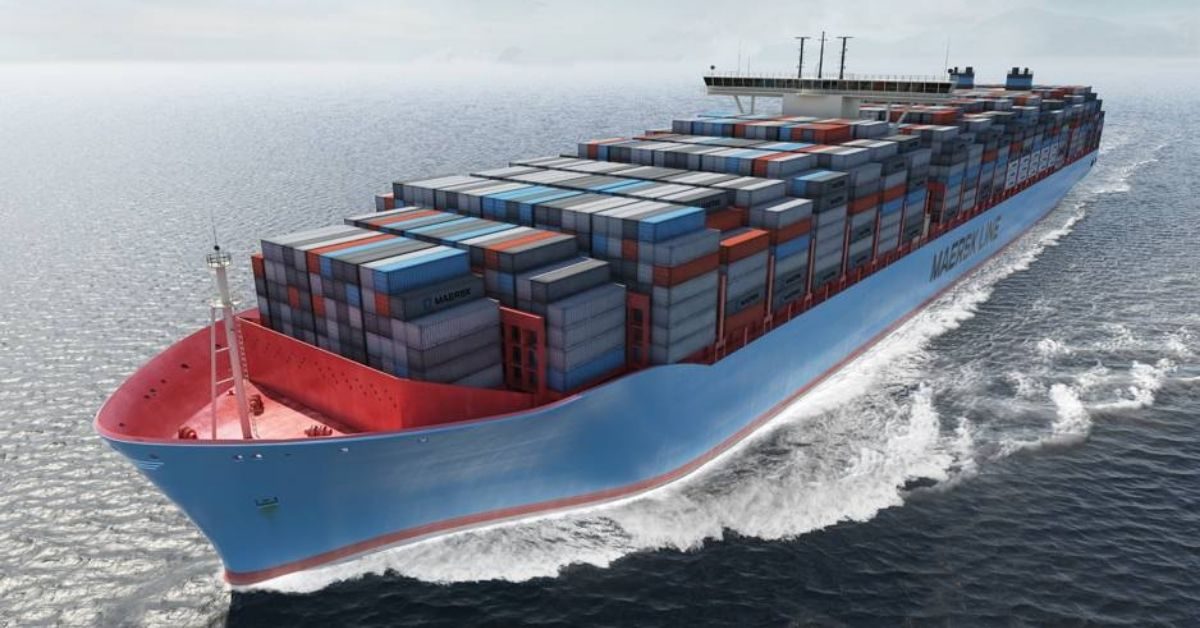Container lines are able to negotiate long-term contracts with their customers right now featuring rates that are upwards of 75 percent higher compared to the latest contract agreements between the parties.
At any rate, Scan Global Logistics says that the increase in long-term rates, which usually cover a year, could easily reach 50 to 75 percent and thus clock in far higher than what has so far been mentioned in the industry.
“These are significant increases percentage-wise. Increases of 50 to 75 percent are not that far off. But we’re also seeing lower rates than that. So on average, increases reach 40-50 percent for the long-term rates on Asia-Europe routes, ” says Mads Drejer, Global COO, Air & Ocean, and Executive VP at Scan Global Logistics.
The logistics company has fixed close to half of its long-term contracts, while some contracts are staggered and run until the end of March. Even though rates in the long-term contracts are unusually high, they are still somewhat lower than the towering spot rates, which have continued to soar.
“We’re actually seeing a significant difference in the long-term rates and the short ones. I think the companies are looking to fix some long-term contracts at some levels that are historically very high, and where they are also okay with levels that are significantly lower than the spot rates,” says Drejer.
“Our stance is that it’s okay if the shipping companies get some reasonable rates, so that they can invest in their infrastructure. What we don’t find appropriate is when rates take big leaps from day to day. That makes life difficult for customers.”
75 and 100 percent in Asia
ShippingWatch has spoken to shippers that easily recognize the level reported by Scan Global Logistics, for instance in Asia, where levels are also reportedly up by 75 to 100 percent compared to the previous round of contract agreements. However, this does not apply to all contracts, but rather represents the maximum increases some are facing.
Additionally, there is a tendency of contract durations getting shorter. For instance, there are examples of companies which have had very long contract periods of up to two or three years, which now instead want contract periods of down to 18 months.
Increases of 50 to 75 percent alone will make the contract price for a forty-foot container, feu, on the main route between Northern Europe and Asia soar from USD 1,250 to now somewhere in the range of USD 1,875 to 2,188.
Former global head of logistics at Electrolux and current part of management at Sea-Intelligence, Bjørn Vang Jensen, projected just after New Year that long-term contracts would increase by up to 50 percent.
“Of course, it depends on the individual customer’s options and wishes. But a quick guess would be in this range,” Jensen told ShippingWatch on Jan. 4.
Maersk also sees increasing rates
Maersk has so far renegotiated 40 percent of its contract portfolio, and the group reports “significantly increasing rates.”
“There’s no doubt that contract rates are increasing, and increasing significantly. It’s difficult to comment on an overall basis. Generally, I can say that contract prices out of Asia are increasing considerably. From Europe to the US and such, there actually aren’t any noteworthy increases. There are a few increases but nothing special,” said CEO Søren Skou last week at a press conference after Maersk published its annual report.
US investment bank Jefferies also notes that contract rates could become “30-50 percent higher in 2021.”
“With the current spot rates, which are still twice as high as the average rates in 2020, earnings risks remain at the strongly positive side,” concludes Jefferies.
Warns shipping lines against exploiting the situation
Drejer of Scan Global Logistics says, on the one hand, that it is fine that the companies are making a high profit in the current market. On the other hand, he notes that they should take care to not end up exploiting the situation against the customers.
“In some cases, we and customers have received just a seven day notice that rates are going up, and it’s pretty much impossible to do anything with that. Containers are often already loaded by that point. It’s this dynamic that can be criticized and which leaves us and customers as hostages.”
“Everyone wants the parties in this industry to make solid profits, so that they can be invested in ships, ports and containers. But this should happen with a degree of stability and not an opportunistic approach, because things are lining up for the shipping companies,” as he says.
Source: Shipping Watch








